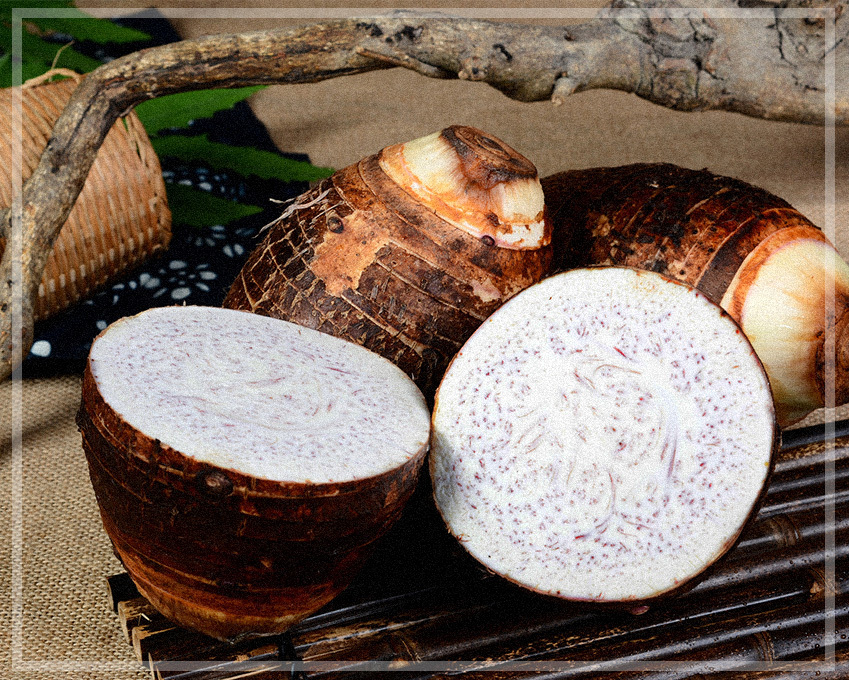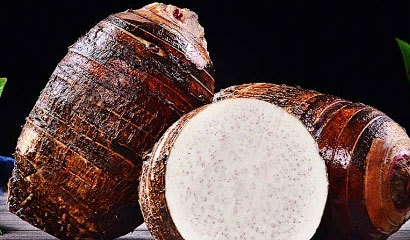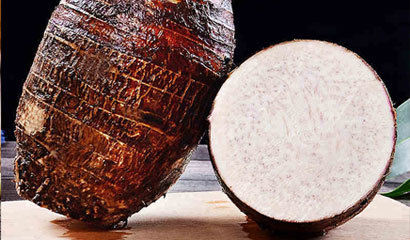
historical origin
HISTORICAL ORIGIN
Lipu taro is a kind of areca taro, which is famous for its rich production in Lipu, so it is called Lipu taro.
Lipu taro has been artificially cultivated in Lipu City for 400 years. According to records, Lipu taro was introduced into Lipu from Zhangzhou, Fujian Province in the 48th year of Kangxi in the Qing Dynasty (1709). It was first planted in the Guandi Temple area in the west of the county seat and radiated to the surrounding areas. Under the special geographical and natural conditions of Lipu City, affected by the environmental microclimate, it gradually formed local famous and special products integrating color, fragrance and taste, the quality is better than that of taro produced in other places. As early as in the surrounding counties, the betel nut taro produced in Lipu had the term "Lipu taro. In the Qing Dynasty, Lipu taro, as a rare "royal tribute" in Guangxi, paid tribute to the court every year.
According to the records of Lipu Chronicles in the third year of the Republic of China (1914), "Old Zhiyun: there are more than ten jin, but now there are none. But the one that comes out in front of the Guandi Temple outside the city is the best one. It is cut out and now has betel nut pattern, which is called betel nut taro". "Brown dense grain, pink and not sticky, gas fragrant. Other places have transplanting, only like ears, no grain, called the nut taro".

According to the "Guangxi Literature", in the 25th year of the Republic of China (1936), Chiang Kai-shek visited Guangxi. The Guangxi general Bai Chongxi specially used this famous Guangxi dish to entertain Chiang Kai-shek with bad teeth. He was full of praise after eating it.
Beginning in the 1950 s, Lipu taro was exported to Southeast Asia.
Since 2000, the export sales of Lipu taro have accounted for 70% of the total output. The sales market has extended to Japan, Southeast Asia, Europe and the United States. In 2002, 30 tons of Lipu taro were sold to the United States.
As the main traditional product of Lipu City, Lipu taro is planted in 13 towns in the territory, especially Qingshan, Xinping, Dumo and Xiuren. It developed gradually after 2000. Due to the application of biological engineering technology, the quality of Lipu taro has been greatly improved by purifying and rejuvenating Lipu taro. The seedlings produced now not only maintain the original taste of Lipu taro, but also greatly increase the yield, with the yield per unit area reaching 2500kg. Source Baidu Encyclopedia





